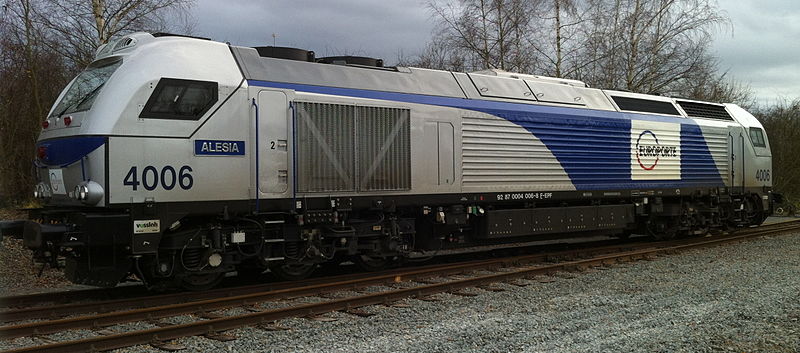by amtrakowitz
Clear Of BH wrote:I don't think that a locomotive with axle loads of 74,719 lbs would be allowed on any railroad. The DM30AC IIRC is significantly lighter than that. Besides, "heavy" and "heavy duty" are not necessarily synonymous.Fan Railer wrote:Long Island Railroad's EMD DM30AC locomotives are 75 feet long and 298,876 lbs. They have disc brakes and the locomotive is heavy duty. Look for yourselfSilverliner II wrote:Unless the disk brake is mounted outside of the wheels, Silverliner V (and at one time Silverliner II)-style....I will venture to say that that design has never been used on a heavy duty locomotive.




